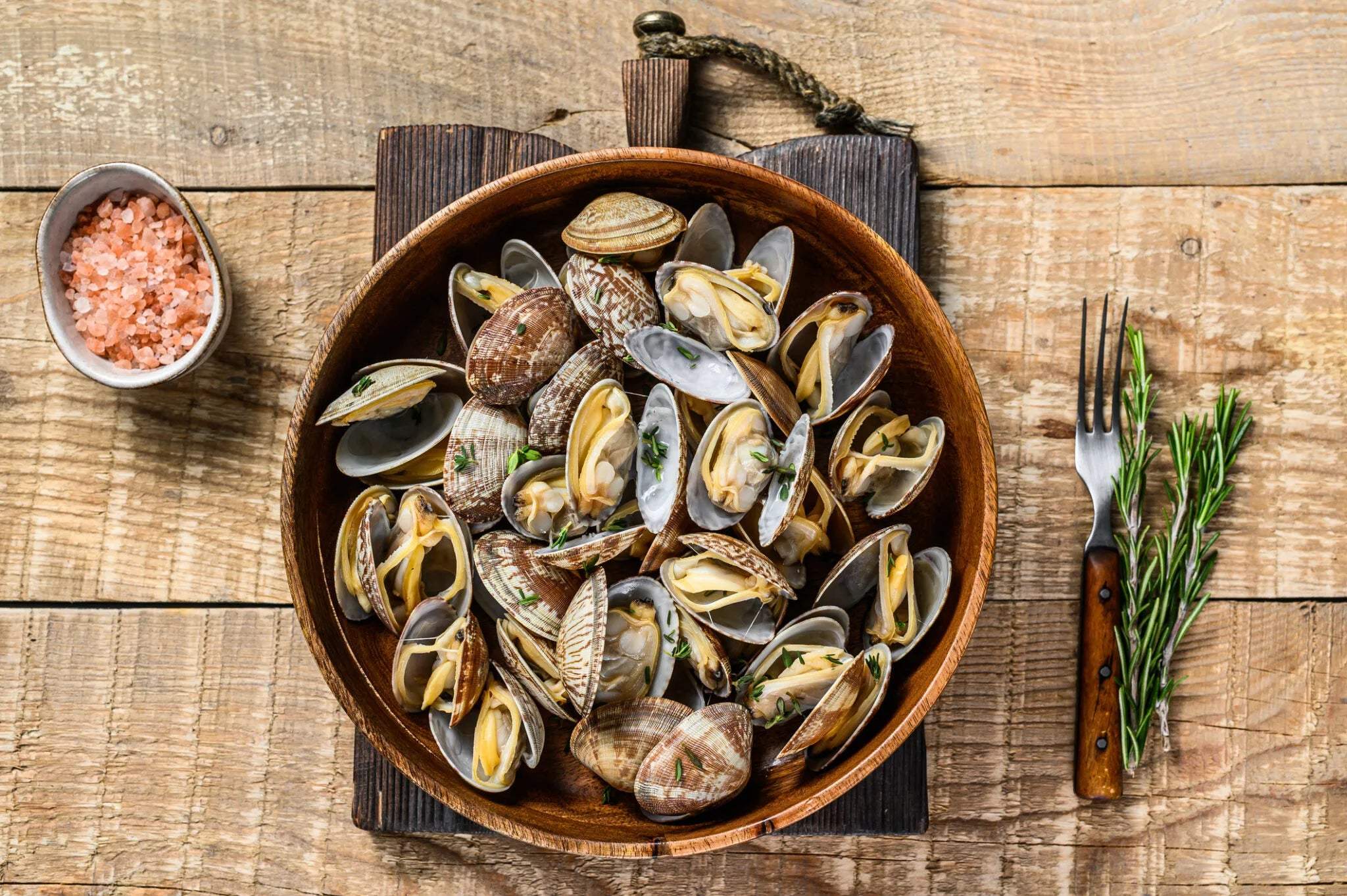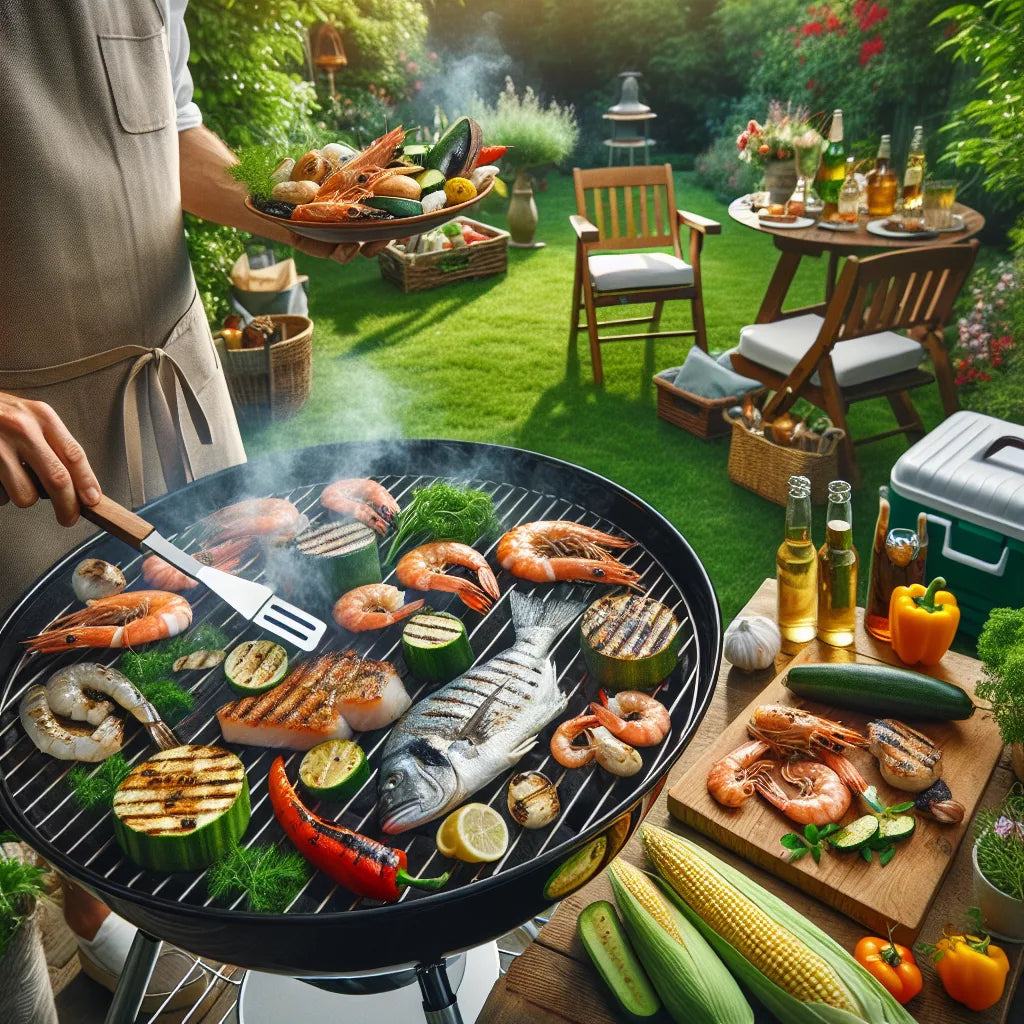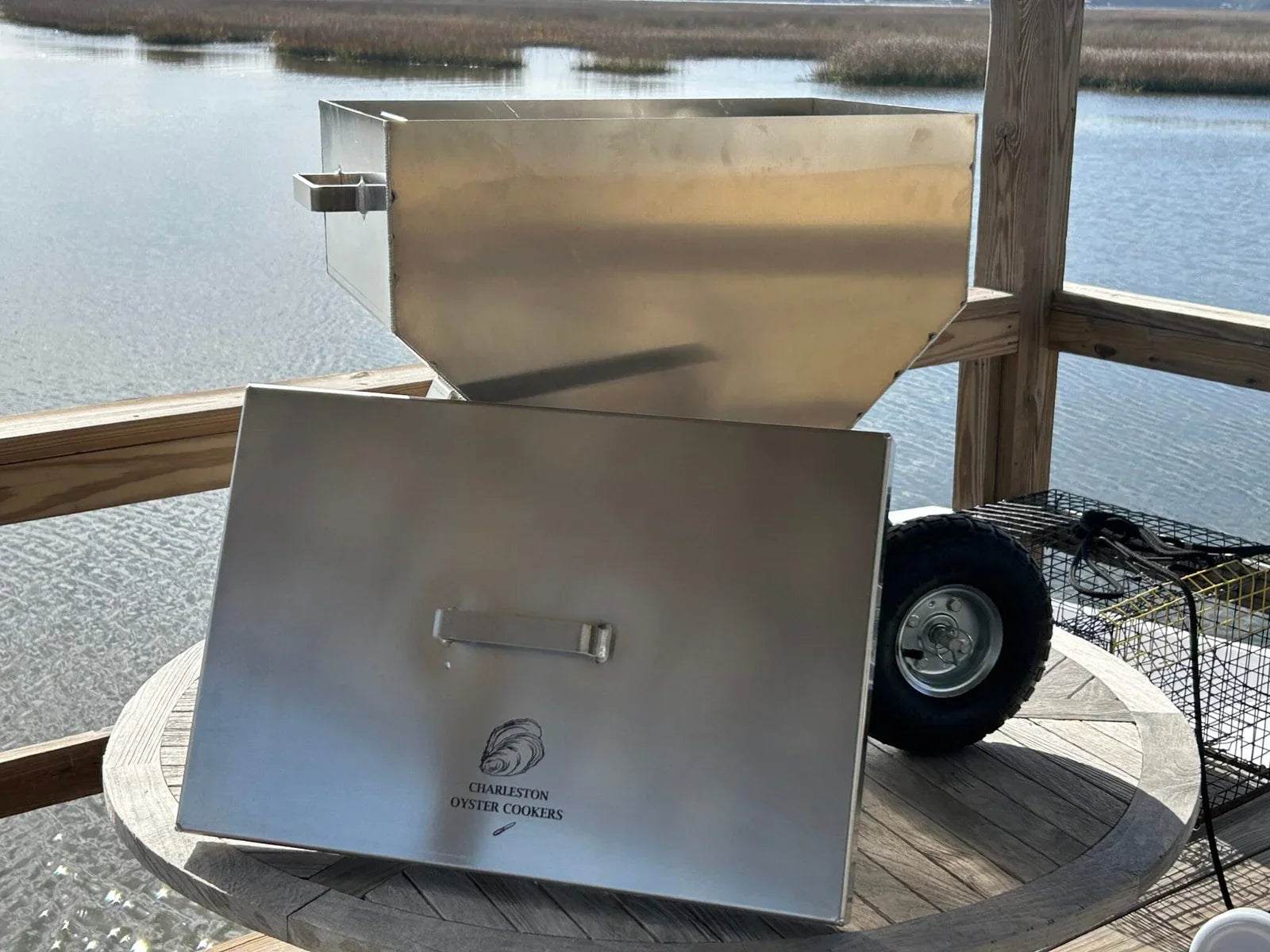
Steaming Clams and Steamers for Outdoor Gatherings
Steaming Clams and Steamers?
Clams and steamers are two popular types of shellfish that have become staples at outdoor gatherings, especially in coastal regions. Clams are bivalve mollusks that live in sandy or muddy environments, and they come in various sizes and species. Steamers, also known as soft-shell clams, are a specific type of clam characterized by their thin, brittle shells and slightly protruding siphons. Unlike hard-shell clams, such as littlenecks or cherrystones, steamers are more delicate and require careful handling.
Both clams and steamers are prized for their sweet, briny flavor and versatility in cooking. They are often steamed, grilled, or incorporated into chowders and pasta dishes. Their simplicity and quick cooking time make them ideal for outdoor gatherings, where fresh seafood can be enjoyed in a casual, communal setting. Whether you’re hosting a beachside picnic or a backyard barbecue, clams and steamers are sure to be crowd-pleasers.
Choosing the Best Clams and Steamers for Your Event
Selecting the freshest clams and steamers is crucial for both flavor and food safety. When shopping at a seafood market, look for clams that are tightly closed or that close when tapped lightly. This indicates they are alive and fresh. Avoid clams with cracked or broken shells, as these are likely dead and unsuitable for consumption. Steamers, with their softer shells, may appear slightly open, but their siphons should retract when touched.
Different types of clams offer unique flavors and textures, so consider your menu and preferences when choosing. Littlenecks, the smallest variety of hard-shell clams, are tender and perfect for steaming. Cherrystones are larger and meatier, making them ideal for heartier dishes. Steamers, with their sweet and slightly chewy meat, are a classic choice for steaming and dipping in butter.
If possible, purchase clams and steamers from a reputable fishmonger or seafood market that specializes in local, sustainably sourced shellfish. Freshness is key, so plan to buy them on the day of your event or store them properly in the refrigerator for no more than 24 hours.
Preparing Clams and Steamers for Steaming
Proper preparation is essential to ensure your clams and steamers are clean and free of sand or debris. Start by inspecting each shellfish and discarding any with broken shells or that fail to close when tapped. Next, rinse the clams under cold running water to remove surface dirt.
To purge sand and grit from the clams, soak them in a large bowl of cold water mixed with a tablespoon of salt for about 20-30 minutes. Some cooks add a handful of cornmeal to the water, which encourages the clams to expel sand as they feed. After soaking, gently lift the clams out of the water to avoid stirring up the sediment at the bottom of the bowl.
Steamers require extra care due to their soft shells and protruding siphons. After soaking, use a soft brush to clean the shells and remove any remaining debris. Be gentle to avoid damaging the siphons. Once cleaned, your clams and steamers are ready for steaming.
Essential Equipment for Steaming Clams Outdoors
Steaming clams outdoors requires a few key pieces of equipment to ensure a smooth cooking process. A large, sturdy pot with a lid is essential for holding the clams and trapping steam. If you’re cooking for a crowd, consider using a stockpot or a seafood steamer pot with a built-in basket for easy handling.
A portable burner or propane stove is ideal for outdoor settings, providing consistent heat and flexibility in location. Alternatively, you can use a grill with a side burner or even an open fire pit with a grate. Make sure you have a reliable heat source that can bring water to a boil quickly.
Other useful tools include tongs for handling hot clams, a slotted spoon for serving, and a large bowl for collecting empty shells. If you’re adding flavorful ingredients to the steaming liquid, have measuring cups and spoons on hand for precise seasoning.

Step-by-Step Guide to Steaming Clams and Steamers
Steaming clams and steamers is a straightforward process that highlights their natural flavors. Follow these steps for perfectly cooked shellfish:
- Prepare the Steaming Liquid: Fill your pot with about 1-2 inches of water, broth, or a mixture of both. Add aromatics like garlic, onion, or herbs, along with a splash of white wine or beer for extra flavor. Season the liquid with salt and pepper.
- Bring to a Boil: Place the pot on your heat source and bring the liquid to a rolling boil. The steam generated will cook the clams evenly.
- Add the Clams: Carefully place the clams and steamers into the pot, ensuring they are not overcrowded. Cover the pot with a lid to trap the steam.
- Cook Until Open: Steam the clams for 5-10 minutes, checking periodically. The clams are done when their shells open wide. Discard any clams that remain closed, as they are not safe to eat.
- Serve Immediately: Transfer the cooked clams to a serving dish and drizzle with melted butter or lemon juice. Serve hot for the best flavor.
Flavorful Additions and Pairings for Steamed Clams
While clams are delicious on their own, adding flavorful ingredients to the steaming liquid can elevate the dish. Garlic, shallots, and fresh herbs like parsley or thyme infuse the clams with aromatic notes. A splash of white wine, beer, or even cider adds depth and complements the briny taste.
Pair steamed clams with simple yet satisfying sides. Melted butter with a squeeze of lemon is a classic dipping sauce, while crusty bread is perfect for soaking up the flavorful broth. Other great accompaniments include corn on the cob, coleslaw, or a fresh green salad.
For a more indulgent experience, serve the clams with a creamy garlic aioli or a tangy cocktail sauce. These additions will impress your guests and make your outdoor gathering unforgettable.
Tips for Serving Steamed Clams at Outdoor Gatherings
Presentation matters when serving clams outdoors. Arrange the cooked clams in a large, shallow bowl or platter, garnished with fresh herbs and lemon wedges. Provide small bowls of melted butter or dipping sauces for guests to enjoy.
To keep the clams warm, cover the serving dish with foil or place it on a warming tray. If you’re serving a large group, consider steaming clams in batches to ensure everyone gets a hot, fresh serving.
Accommodate dietary preferences by offering alternative dishes for guests who may not eat shellfish. Grilled vegetables, chicken skewers, or pasta salads are excellent options. Finally, provide plenty of napkins and a designated area for guests to discard empty shells.
Common Mistakes to Avoid When Steaming Clams
Steaming clams is simple, but there are a few common mistakes to watch out for:
- Overcooking: Clams cook quickly, and overcooking can make them tough and rubbery. Keep a close eye on them and remove them as soon as they open.
- Under-seasoning: The steaming liquid is your opportunity to add flavor, so don’t skimp on salt, herbs, or aromatics.
- Skipping the Cleaning Process: Failing to purge sand and debris can result in gritty clams, which can ruin the dining experience.
- Crowding the Pot: Overcrowding prevents even cooking and may cause some clams to remain closed. Steam in batches if necessary.
By avoiding these pitfalls, you’ll ensure a successful and enjoyable clam feast.
Cleaning Up After Your Outdoor Clam Feast
Cleaning up after steaming clams outdoors doesn’t have to be a hassle. Start by collecting all the empty shells in a designated container for disposal. If possible, compost the shells or use them in gardening projects, as they are rich in calcium.
Wash your pots, utensils, and serving dishes with warm, soapy water to remove any residue. If you used a portable burner, wipe it down and store it properly. Finally, check your outdoor area for any stray shells or trash to leave the space clean and tidy.
Frequently Asked Questions About Steaming Clams
Can you steam clams without a steamer?
Yes, you can steam clams in any large pot with a lid. Simply add a small amount of liquid and cover the pot to trap the steam.
How long can steamed clams be stored?
Steamed clams are best enjoyed fresh, but leftovers can be stored in an airtight container in the refrigerator for up to 2 days.
What’s the best way to reheat leftover clams?
Reheat clams gently by steaming them again or warming them in a skillet with a bit of butter or broth. Avoid microwaving, as it can make them rubbery.


